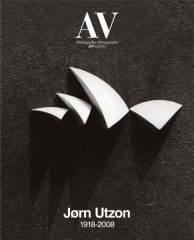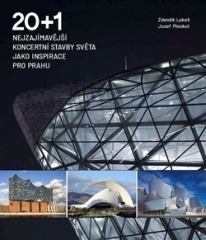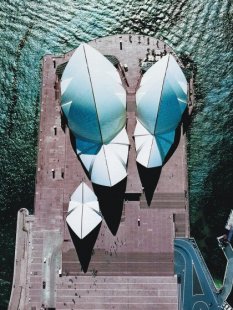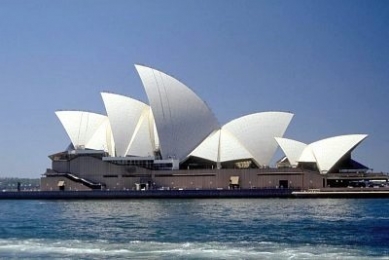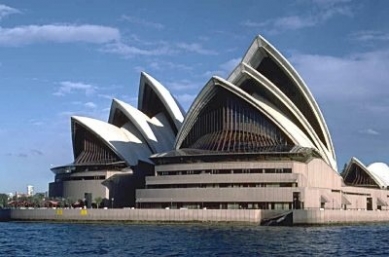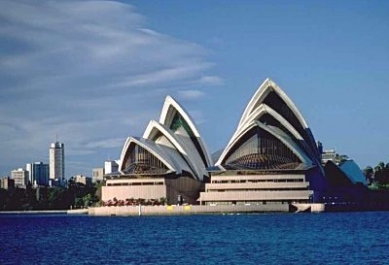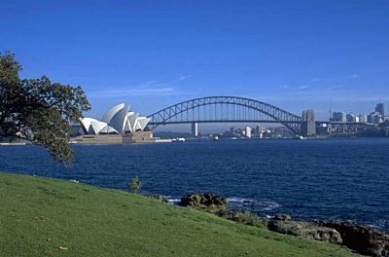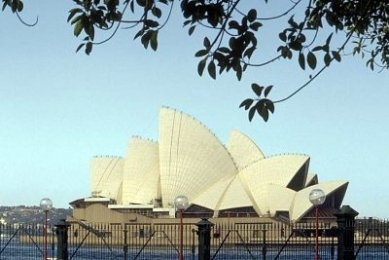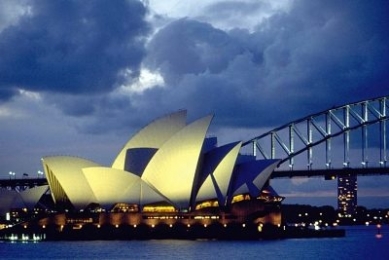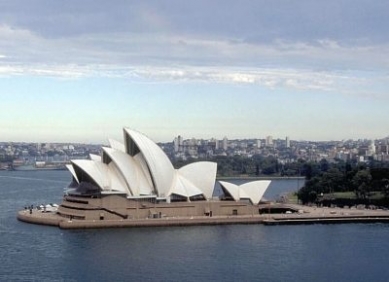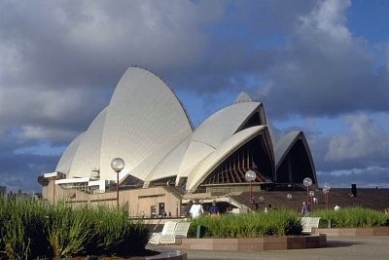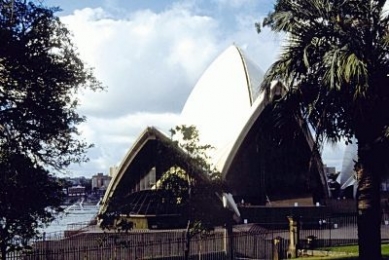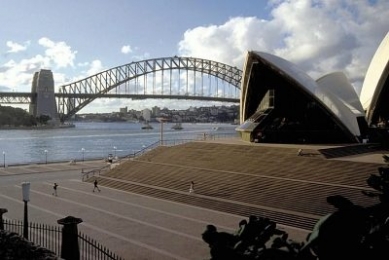
Opera in Sydney

When the Australian government announced an international architectural competition in Sydney in 1957, it surely had no idea what difficult fate awaited this building. Even in a competition bursting with proposals, there almost occurred a cardinal mistake when the proposal from the relatively unknown 38-year-old Danish architect was excluded in the first round. Fortunately, a latecomer, Eero Saarinen, saved the situation, and Jørn Utzon thus secured the most important commission in Australia's history.
The gigantic construction project that ensued was a thorn in the side of the conservative government opposition, which, upon coming to power, removed Utzon from the project and entrusted it to local architects. The completion without Utzon's presence resulted in the degradation of the interior and a number of other expressive elements; Utzon never returned to Sydney again (by the way, Miroslav Masák has yet to visit the Veletržní palác…).
The opera is situated in an exceptional urban environment, where the adjacent botanical garden provides a beautiful green backdrop to the white shells, the harbor bay offers an important blue horizontal, and the nearby bridge creates an impressive compositional relationship. Utzon drew inspiration from motifs in the history of architecture and, above all, from the natural world, which had been an endless source of inspiration for him since the beginning of his career. The opera is laid out on a large platform reminiscent of an amphitheater type of theatre. Utzon recalls the feeling he experienced while touring the Mayan plateaus in Central America. He applied the same principle to the pedestal of the Sydney opera. When you ascend the monumental staircase in Mexico to the platform where the Mayan sanctuaries stood, you are met with an unprecedented view of the surrounding jungle, an endless sea of green vegetation, and an extraordinary tranquility. In Sydney, you have the chance to experience these feelings in a different setting, yet equally impressive. Utzon, like few others, recognized the importance of perceiving the building from above, as the opera is situated lower than its surroundings, and many significant views of it are directed from above. This is also why his design won the competition. During the competition, it was already labeled as brilliant.
The most distinctive elements of the opera building are primarily the shells covered with light glazed and matte ceramic tiles. The construction of the shells proved to be the biggest structural challenge. Even Ove Arup could not statically calculate their first version by Utzon. A few decades later, Arup stated that with the current software capabilities, he would have been able to solve the structure, but Utzon modified his low shells and derived them from spherical geometry, which had the advantage that the ribs of the shells could be composed of prefabricated parts. In the 1950s, prefabrication was all the rage, as we see around our cities…
All the technology and operational facilities of the opera are located underground. This was the only way to create a pure impression of architecture. The interiors suffered from careless finishing without Utzon's guidance, so the originally conceived compact whole now appears disjointed. Utzon wanted two auditoriums to be designed according to traditional Chinese tradition - the first in a combination of gold and red, the second silver and blue (compare Nouvel's competition design for the opera in Beijing). The interior space was modeled according to the acoustic requirements of the operation; the auditoriums in Sydney are poetry in acoustics. Utzon derived the relationship between the shells and the auditorium envelopes from the walnut, which does not surprise us in his case, as organic motifs can be traced in each of his works.
The Sydney Opera House entered the consciousness of the entire world and became a symbol of Sydney and all of Australia. May the lessons from its difficult birth serve all politicians and officials of the world. Good architects are always right…
The gigantic construction project that ensued was a thorn in the side of the conservative government opposition, which, upon coming to power, removed Utzon from the project and entrusted it to local architects. The completion without Utzon's presence resulted in the degradation of the interior and a number of other expressive elements; Utzon never returned to Sydney again (by the way, Miroslav Masák has yet to visit the Veletržní palác…).
The opera is situated in an exceptional urban environment, where the adjacent botanical garden provides a beautiful green backdrop to the white shells, the harbor bay offers an important blue horizontal, and the nearby bridge creates an impressive compositional relationship. Utzon drew inspiration from motifs in the history of architecture and, above all, from the natural world, which had been an endless source of inspiration for him since the beginning of his career. The opera is laid out on a large platform reminiscent of an amphitheater type of theatre. Utzon recalls the feeling he experienced while touring the Mayan plateaus in Central America. He applied the same principle to the pedestal of the Sydney opera. When you ascend the monumental staircase in Mexico to the platform where the Mayan sanctuaries stood, you are met with an unprecedented view of the surrounding jungle, an endless sea of green vegetation, and an extraordinary tranquility. In Sydney, you have the chance to experience these feelings in a different setting, yet equally impressive. Utzon, like few others, recognized the importance of perceiving the building from above, as the opera is situated lower than its surroundings, and many significant views of it are directed from above. This is also why his design won the competition. During the competition, it was already labeled as brilliant.
The most distinctive elements of the opera building are primarily the shells covered with light glazed and matte ceramic tiles. The construction of the shells proved to be the biggest structural challenge. Even Ove Arup could not statically calculate their first version by Utzon. A few decades later, Arup stated that with the current software capabilities, he would have been able to solve the structure, but Utzon modified his low shells and derived them from spherical geometry, which had the advantage that the ribs of the shells could be composed of prefabricated parts. In the 1950s, prefabrication was all the rage, as we see around our cities…
All the technology and operational facilities of the opera are located underground. This was the only way to create a pure impression of architecture. The interiors suffered from careless finishing without Utzon's guidance, so the originally conceived compact whole now appears disjointed. Utzon wanted two auditoriums to be designed according to traditional Chinese tradition - the first in a combination of gold and red, the second silver and blue (compare Nouvel's competition design for the opera in Beijing). The interior space was modeled according to the acoustic requirements of the operation; the auditoriums in Sydney are poetry in acoustics. Utzon derived the relationship between the shells and the auditorium envelopes from the walnut, which does not surprise us in his case, as organic motifs can be traced in each of his works.
The Sydney Opera House entered the consciousness of the entire world and became a symbol of Sydney and all of Australia. May the lessons from its difficult birth serve all politicians and officials of the world. Good architects are always right…
The English translation is powered by AI tool. Switch to Czech to view the original text source.
0 comments
add comment


